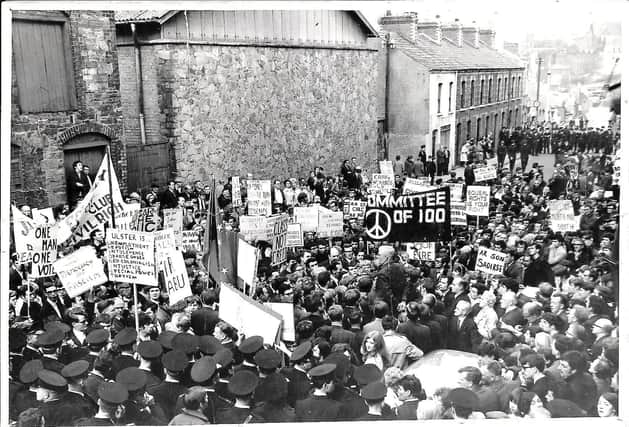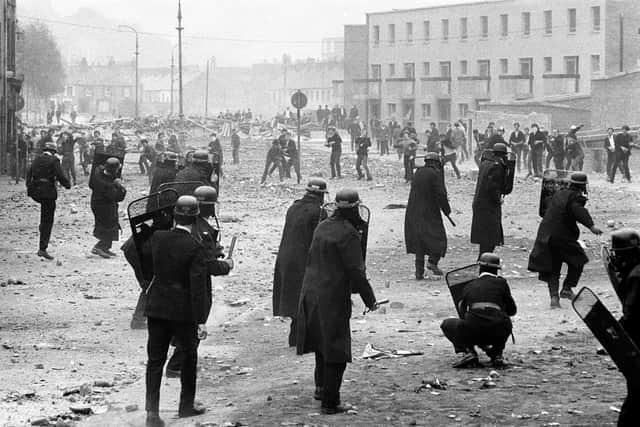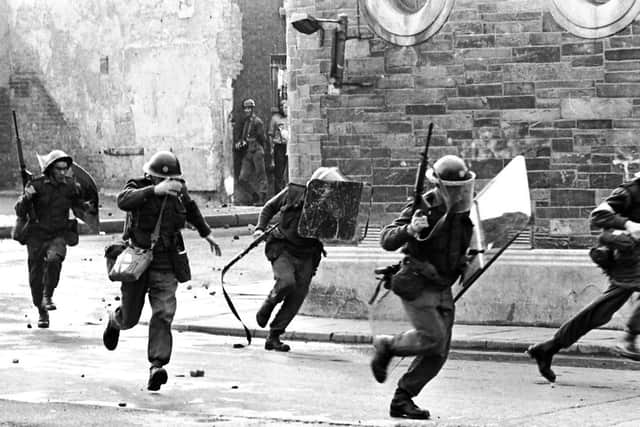Journal 250: Derry Journal and the Troubles - chronicling the stories of conflict


Throughout what has become euphemistically known as ‘The Troubles’, the Derry Journal was compulsory reading - not only here in the city but further afield.
These years were a time of not only immense tragedy and unbearable heartbreak but, also, of momentous change as the city moved slowly and, at times, painfully, from conflict to peace.
Advertisement
Hide AdAdvertisement
Hide AdIt was a hugely important era for the Journal which always acquitted its role as the voice of northwest Ireland courageously and fairly.


The paper, and the insight it provided, was the ‘go-to’ organ for serious journalists and commentators from all over these islands and, indeed, the world. It’s no exaggeration to say it was the oracle, not just of Derry but also of wider Irish society.
During the 1970s, 80s and 90s, the Journal offices at Buncrana Road became a melting pot for international policy-makers and politicians, propagandists and peacemakers, writers and influencers of various hues.
They, like everyone in this city, knew there were few press organisations in the world that could rival the Journal team - a team which featured some of the most talented minds of its generation.
Advertisement
Hide AdAdvertisement
Hide AdThere was much shadow in this period, which, admittedly, tended to dominate the world view of Derry - but, at the same time, there was also some light.


As paramilitary and state violence continued relentlessly, and political divisions festered, there was, particularly as the 80s worn on, increasing cause for optimism and a marked appetite for resolution. The Journal, as always, reported on it all.
The Journal’s role as both the city’s witness and touchstone was never more important than during the years of ‘The Troubles’.